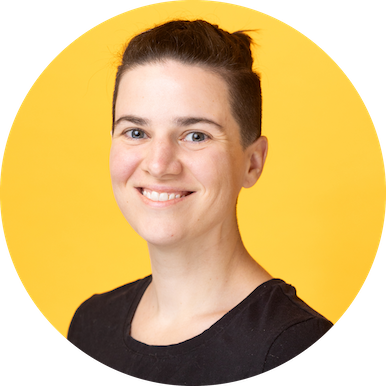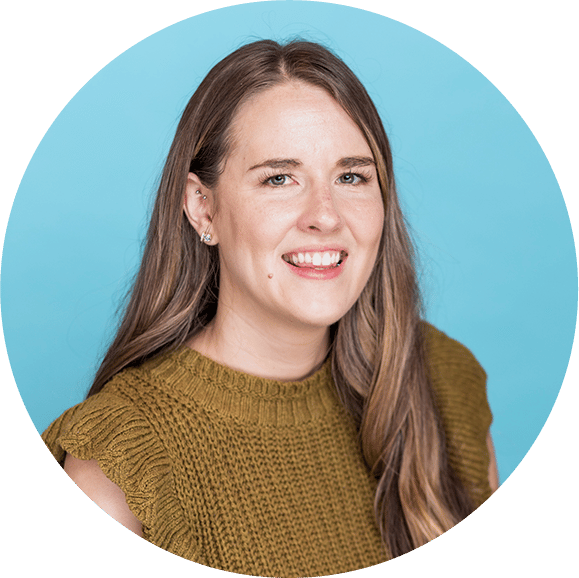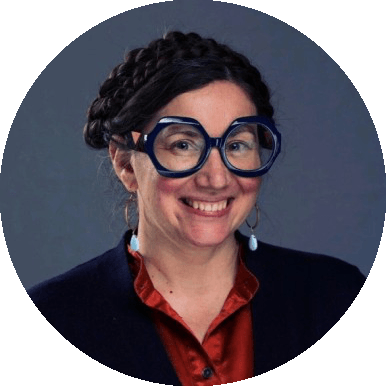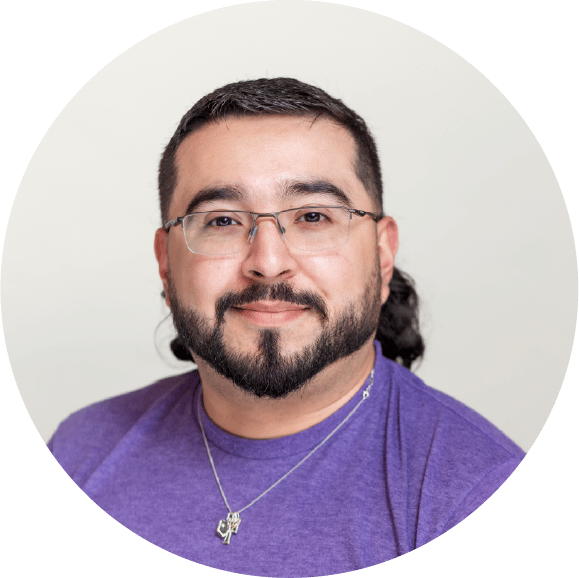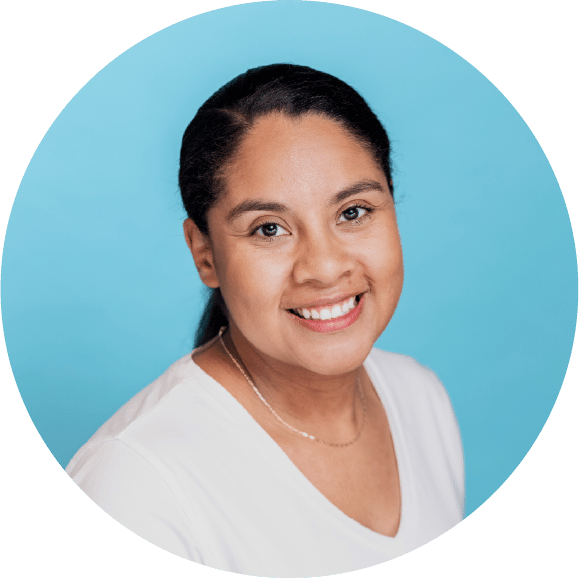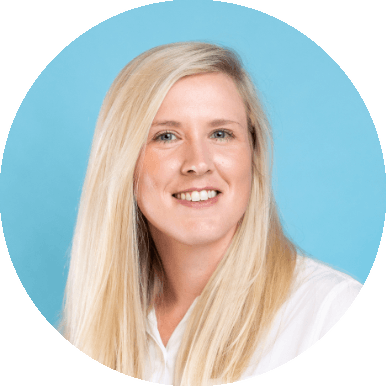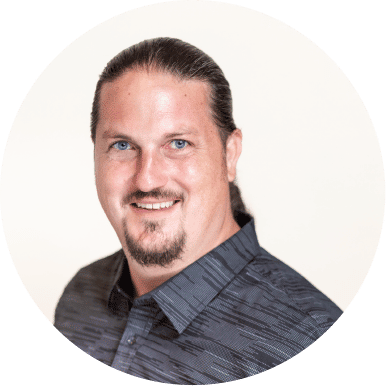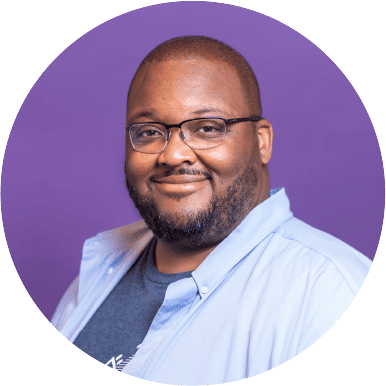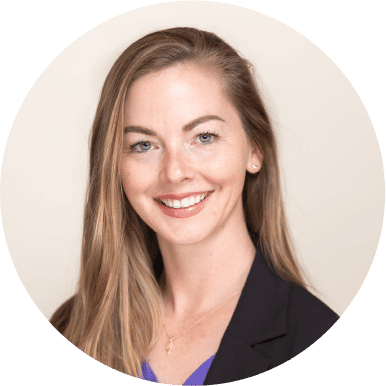You know you need to train your employees but you’re worried you won’t capture every small detail about what it takes to do their job to the best of their ability. With so much material to cover, where do you start?
Enter The DACUM Method
DACUM—an acronym for “Developing a Curriculum.” First invented at Ohio State University in 1976, this planning tool incorporates the use of focus groups and storyboarding to capture and convey all of the relevant information and details about a position. It’s a way of creating a job map overview through an evidence-based approach to instruction.
While the concept may seem simple outright, it’s one that many processes companies have mistakenly overlooked when writing their job descriptions and building their training programs. The success behind the DACUM method is that it asks you to rely on your actual hourly employees as the experts on every task and duty that must be carried out to do their job well at your organization.
Using the DACUM method to organize and write your training curriculum is an extremely smart decision on your part, but the undertaking might seem overwhelming at first. Don’t worry! We have outlined each step below to serve as a quick guide to help you understand how to use the DACUM method well.
Step One: Brainstorming and Idea Generation
Bring a group of your highest performers together and pair them with a company leader who can act as a facilitator for the group—the facilitator has to be able to casually help guide the conversation without bias. You should also ask one other person who can act as the recorder and note-taker.
The group should then be prompted to begin brainstorming every single task they complete on a daily basis within their respective role. These tasks could be written on sticky notes to allow for an easier time with Step 2. should begin with an action verb for clarity and consistency (“organize the cash register” or “answer the phone”).
Step Two: Compile your Tasks into Groups of Duties
When the group agrees that they’ve thought of as many individual tasks as possible, the next step is to organize the sticky notes into sets of tasks and duties. Most jobs have six to twelve duties and at least four tasks per duty. Once you’ve moved all of your sticky notes into their appropriate tasks and duties, move on to taking a final look at the workflow as a group to ensure that everything makes sense and nothing has fallen through the cracks:

Step Three: Reorganize and Validate
This is the part of the exercise when you transform the rough ideas you’ve gathered into refined actions with continuity. This is the time to make sure every duty contains at least four tasks and that every task is identified with an action verb and an object that receives that action.
An example of this would be: Prepare trays for the next shift. In this example, the action verb is prepare and the object is trays. Adherence to this cadence will help you write extremely detailed job descriptions and training programs tailored to each specific role within your brand.
Step Four: Rank Each Task
To further break down when to train on which tasks of a job description, ask the group to rank the tasks using four different colored stickers (think if those small dotted price stickers you might see at a garage sale.). Discuss as a group and decide on a ranking for each task on the list. The rankings should be separated into these four categories:
Essential: the most important components of a job.
Tedious: the tasks that consume the majority of the worker’s time.
Introductory: tasks that should be included in new hire orientation training programs.
Reiteration: tasks that should be reviewed in ongoing training programs for all of your staff members.
Step Five: Define the General Occupation Definition
This is a summary of the job at hand and why it exists. You might write this out on a whiteboard before the session, leave it covered up, and reveal it as the last piece of the exercise. The definition should contain the following elements:
A specific job title (WHO)
A main verb, or several verbs, that describe observable performance (WHAT)
Some possible methods or techniques used in this position (HOW)
A statement of purpose (WHY)
Here’s an example of a general occupation definition that meets this criteria:
(WHO) A drive-through specialist is one who (WHAT) listens to and coordinates customer orders by managing customer requests and (HOW) inputs that information into internal point of sale software to [WHY] ensure a smooth flow, data collection, and timely and accurate food preparation for guests.
All duties and tasks at your organization will demand certain tools, skills, and attitudes from your employees. The DACUM method better positions your training program for success by breaking down and prioritizing the smallest of tasks and the major duties different role within your company. This method will put your employees on a path toward successfully executing the duties required by their role. The more thorough your DACUM exercises are, the more information you’ll be able to extract and utilize and the better your employees will understand their job.
A culture of understanding starts with employees truly comprehending what is expected of them. Detailed training leads to happier employees who feel they have the tools necessary to do their job well. And happy employees don’t just stay – they give excellent customer service and refer their network to your growing organization.


